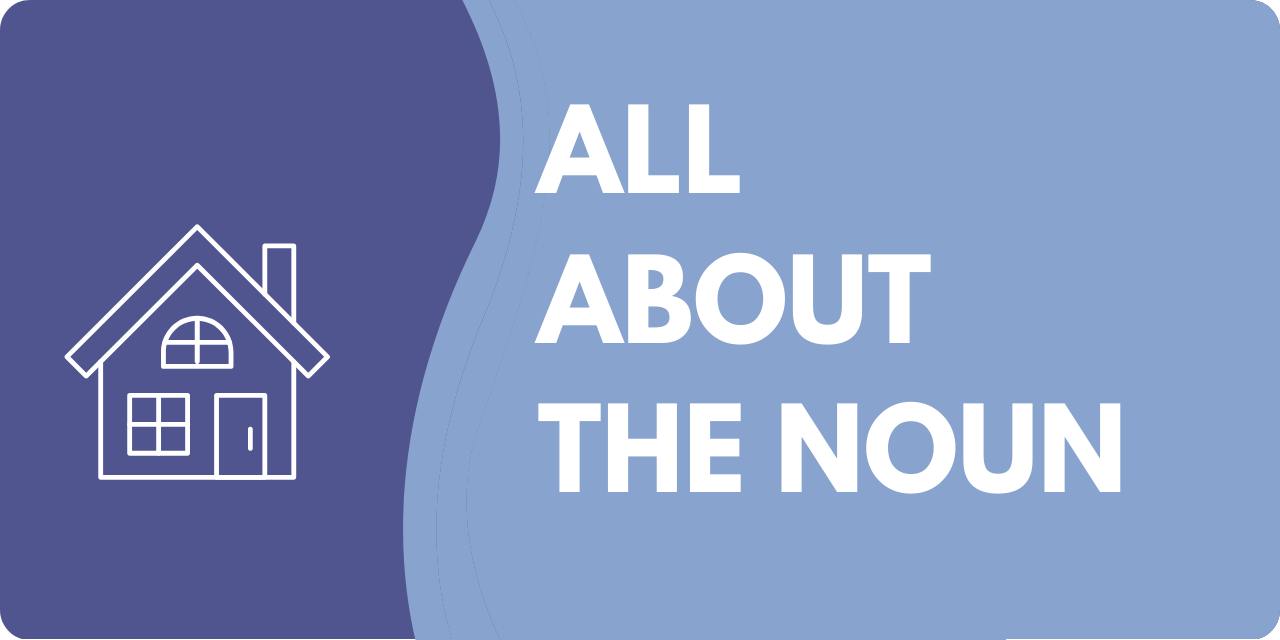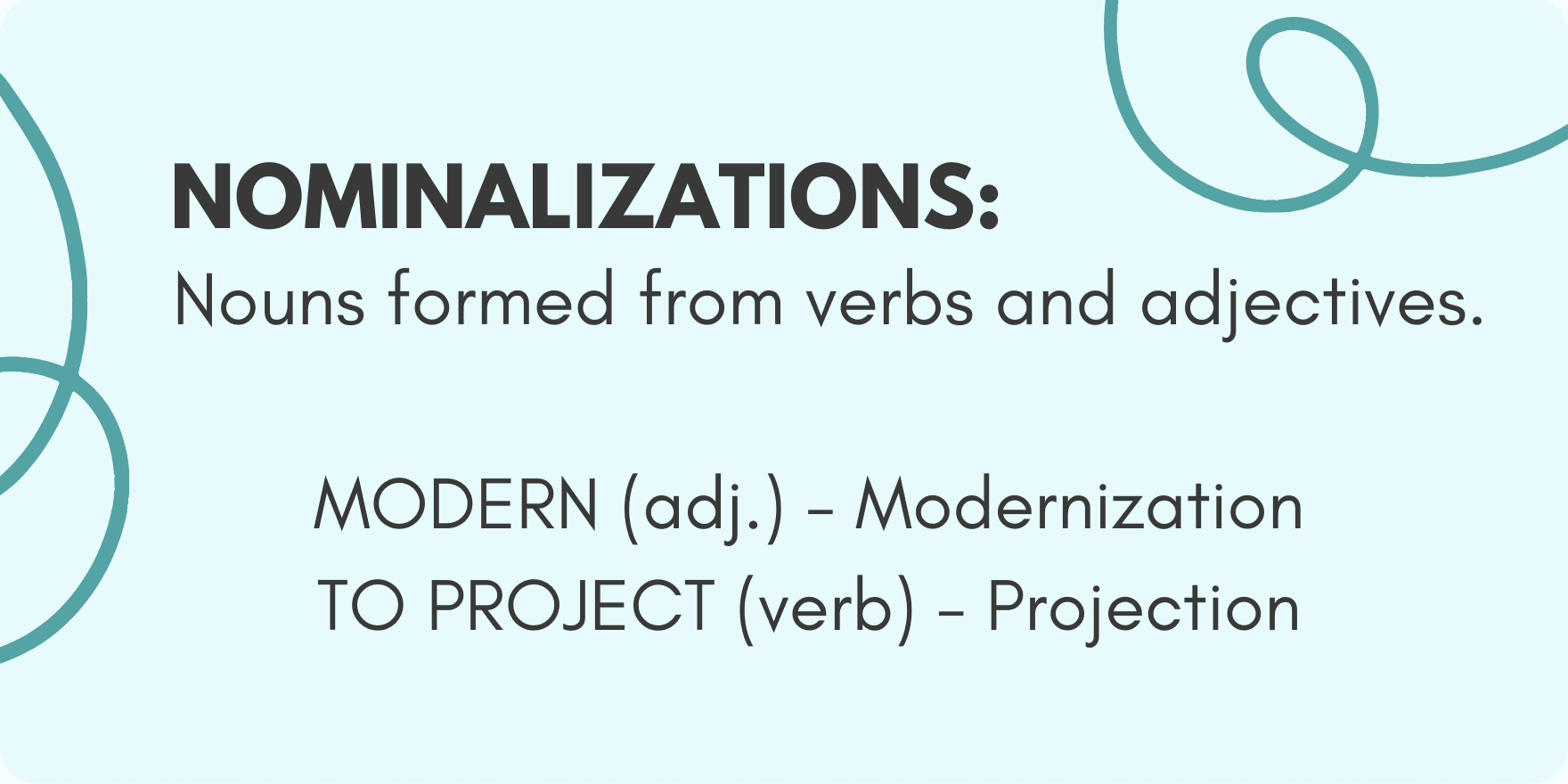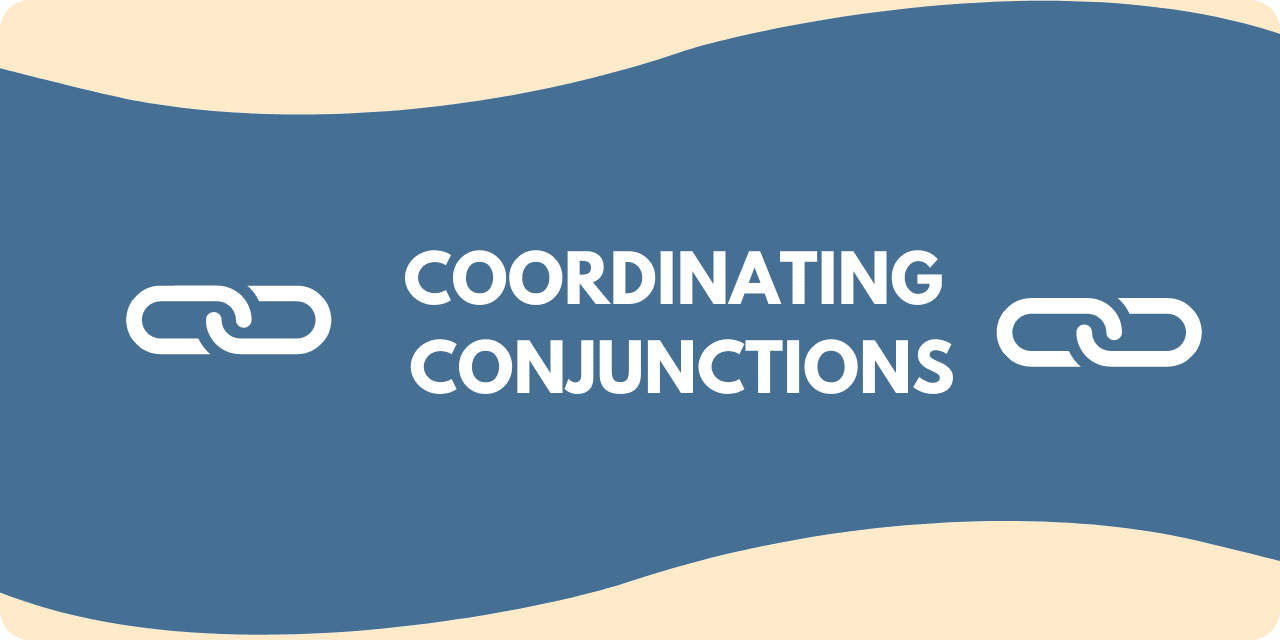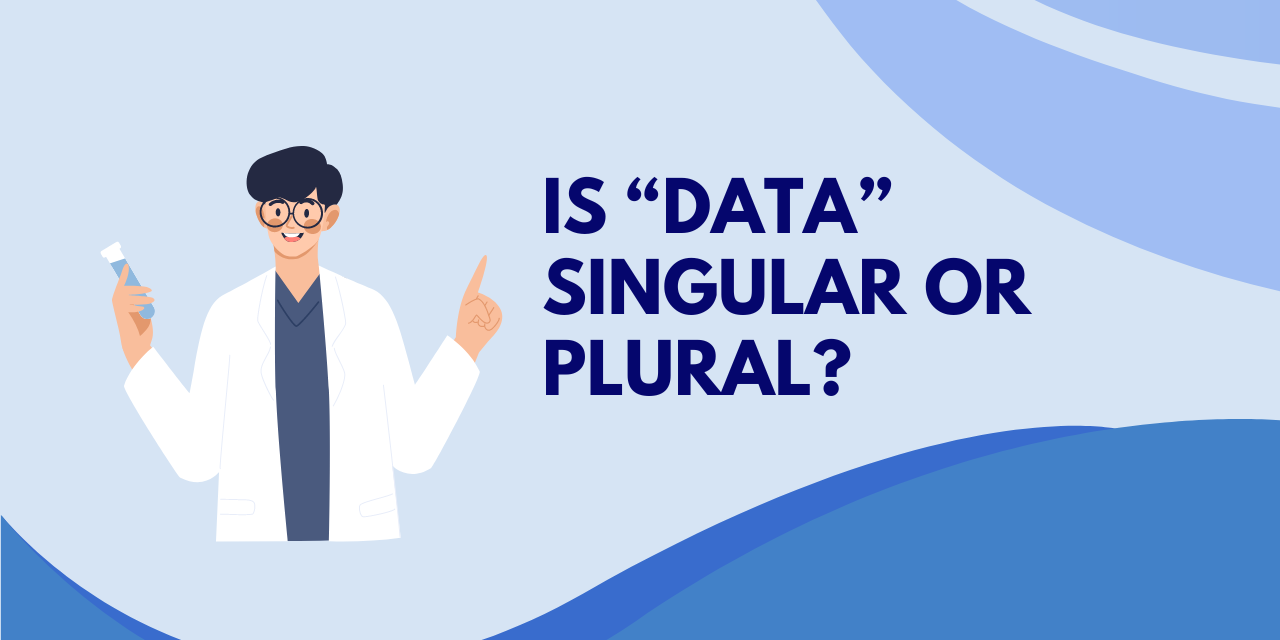For two relatively small words, to and too can cause a lot of headaches. Educators, editors, and general grammar nerds are constantly correcting the misuse of these simple words.
Using To Correctly
Let’s begin with the basics. The word to is a preposition, indicating direction toward something. Yet, it is pretty adaptable in its role. To can describe physical movement toward a destination or figurative progress toward an objective. For example:
- They walked to the store.
- The company worked its way to financial solvency.
Additionally, placing to before a verb relays that the verb is an infinitive.
- It isn’t easy to tie a Celtic love knot.
The word to can establish ownership, inclusion, or attachment. For example:
- The Ferrari belongs to my dad.
- We added a whole onion to the sauce.
It can also establish a range: nine to five, Newark to O’Hare, or soup to nuts.
In short, the two-letter word to can do a lot of different things. Its functions tend to fall into the category of establishing direction, relationship, and range. Once you understand these prepositional functions, you can differentiate to from too.
Using Too Correctly
Too is adaptable also, but it doesn’t have as many uses as to. To begin, too is not a preposition.
Too can mean additionally, as well, or besides, often when paired with a comma. For example:
- Can we come, too?
Alternatively, too can function as an adverb, indicating that an action is extreme or excessive.
- They applied too much pressure on the glass, and it shattered.
Finally, in informal use, too can substitute for the word very, as in:
- Your kid is too cute!
What about Two?
To and too are homophones, meaning that they sound the same when spoken. However, there is one more word that sounds the same as both to and too. That word, of course, is the number two.
Triple homophones are rare and annoying. Think of there/their/they’re, sent/scent/cent, or by/buy/bye. The potential for confusion is through the roof. Whether you’re a professional writer or a novice on a Reddit board, you are extremely apt to mix these words up.
If you know that you have a propensity to confuse to, too, and two, you’ll do well to tape a reminder to your computer. Everyone should pay particular attention to these words when proofreading their work.
Differentiating To and Too
In everyday conversation, there is nothing to worry about with to and too, and two. They all sound the same!
Writing is another issue. Luckily, there is a trick to knowing if you’re using the right word. If you aren’t sure whether to or too is correct, replace it in your mind with also, very, or extremely. If one of those words makes sense in the sentence, you should use too. If not, go with to. It’s as simple as that!
Quiz
Take this quick quiz to test your newfound knowledge!






